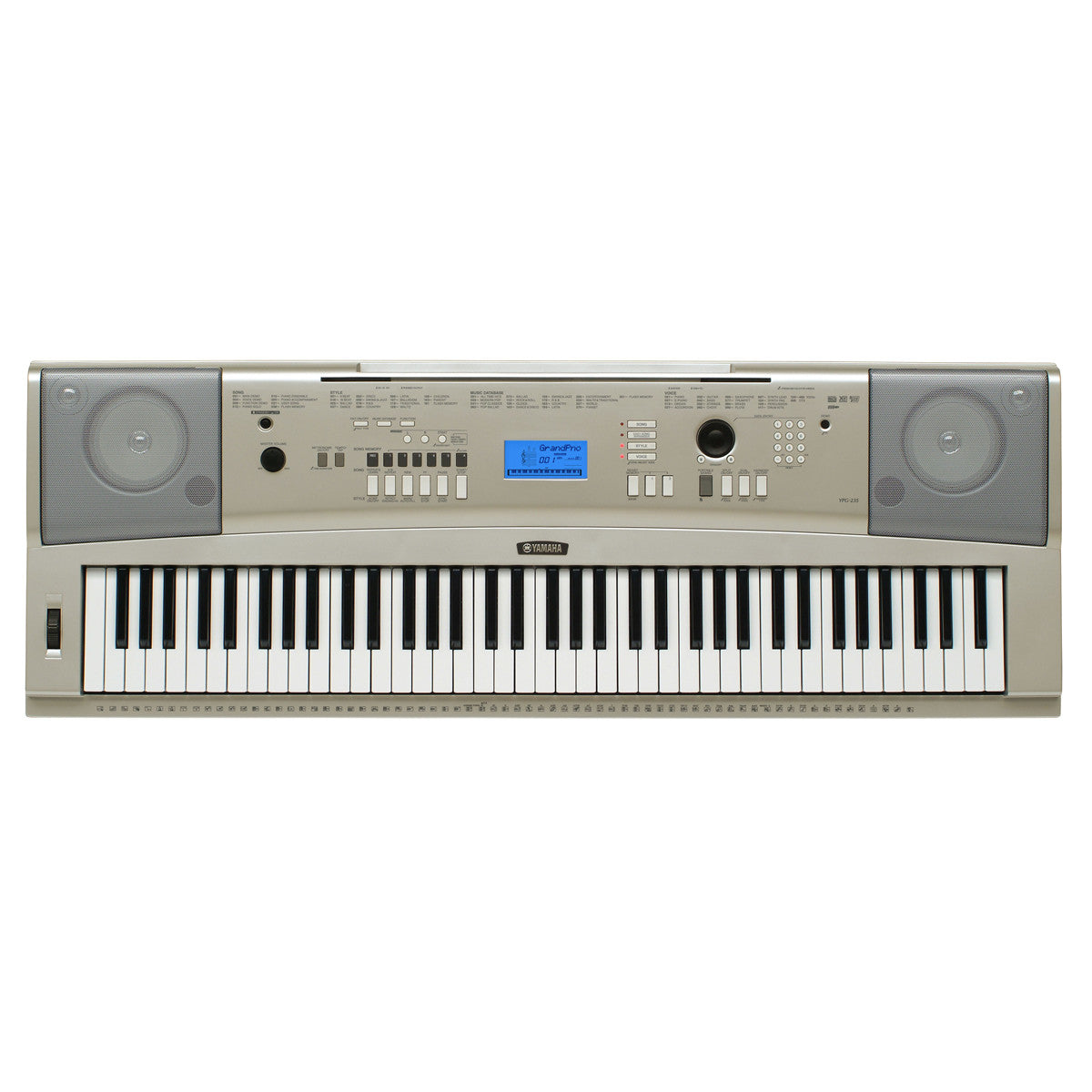
- #Virtual midi piano keyboard record how to#
- #Virtual midi piano keyboard record for mac#
- #Virtual midi piano keyboard record software#

#Virtual midi piano keyboard record software#
#Virtual midi piano keyboard record for mac#
Also, you can find inbuilt software such as Garage Band for Mac or iOS, which can adequately record MIDI. Making a recording should be as simple as connecting your controller (such as a keyboard) to the computer and opening your music software. This is a good way to test whether a recording might be possible. If it has a USB output, and works to control our browser-based piano in our academy then it has MIDI capabilities.

#Virtual midi piano keyboard record how to#
How to Record MIDI Pianoįirst, check that the keyboard or piano you are using is MIDI compatible. Most recording studios will use MIDI in one way or another. For example, you can assign drum sounds and these are triggered by the MIDI information. These files are also very useful for other types of music production. If you look online, you can even find MIDI files that you can download and use in your own music.

MIDI files are different from audio files because the data that can be recorded is able to connect to numerous instruments, you could record a chord sequence and then add the sounds later, you can even send the file to someone else. However, combined with the software it provides interaction with the game. On it’s own, the controller doesn’t do anything. Think of MIDI as being like a controller for a games console. MIDI on its own does not make a sound, but when combined with a virtual instrument or hardware synth the sound gets triggered. When you record MIDI piano, you are not recording audio. The signal sent by one instrument can be understood by another, or fed into your music software. An 88-key digital piano can be expanded to control more sounds and virtual instruments, connecting via a USB MIDI connection to a computer or to another piece of hardware. You could use a MIDI controller to control a modular synthesizer, for instance. It is basically a standardized language that allows one piece of music hardware and software to “talk” to another. MIDI stands for Musical Instrument Digital Interface. This article describes MIDI as the most powerful tool in music, and it is hard to disagree with this statement.

If you are using acoustic instruments then MIDI won’t be compatible, but it can open up a world of digital opportunities. Most pianists will come across MIDI if they are going to use any sort of digital equipment at all. Most keyboards and digital pianos have some sort of MIDI compatibility which means that you can easily record in this format. MIDI is very useful technology and almost universally used by musicians.


 0 kommentar(er)
0 kommentar(er)
